HISTORY 135F

Infectious and
Epidemic Disease in History
Department of History
University of California, Irvine
Instructor: Dr. Barbara J. Becker
HISTORY 135F

Infectious and
Epidemic Disease in History
Department of History
University of California, Irvine
Instructor: Dr. Barbara J. Becker
|
Nineteenth century:
|
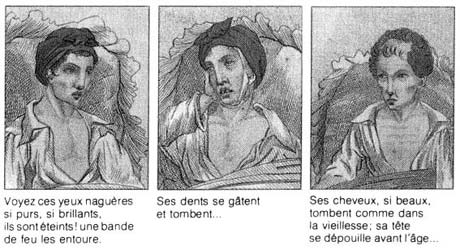 |
|
| He vomits blood...
becomes covered with hideous pustules... languishes as fever consumes him and... dies a horrible death at age 17 [!] |
 |
__________
1905 |
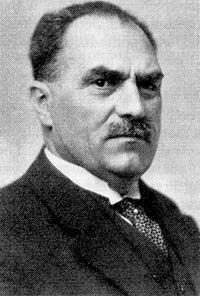 |
|
| Eric Hoffman (1868-1959) [shown above] and Fritz Schaudinn (1871-1906) [below] ... |
...isolate and identify syphilis's infecting agent, Treponema pallidum. | |
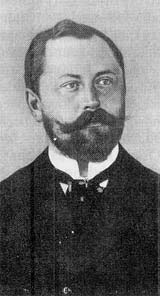 |
||
1906 |
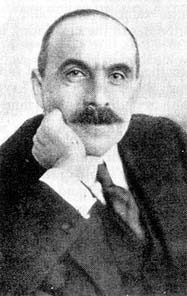 August von Wassermann (1866-1925)... |
...develops diagnostic blood test for presence of antibodies to the spirochete. |
1910 |
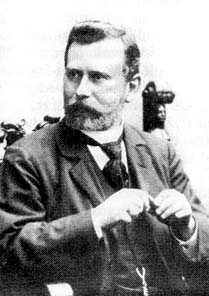 Paul Erlich (1854-1915)... |
...creates salvarsan
|
1917 |
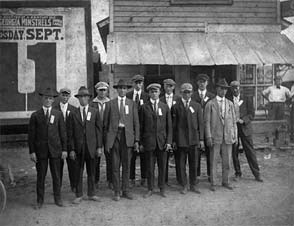
|
Routine examination of US military recruits reveals alarmingly high level of venereal infection (not necessarily in the new recruits pictured here!!) |
1918 |
Congress creates Division of Venereal Diseases (DVD) in the US Public Health Service (PHS) |
|
by 1919 |
64,000+ persons are receiving health care who otherwise could not have afforded it | |
1921 |
Johns Hopkins University study of 1800+ syphilitics suggests racial differences in effects of the disease: |
|
The Hopkins study reinforced longheld views of many in the medical establishment concerning racial differences in the relative incidence of syphilis:
The prophylaxis of syphilis in the negro is especially difficult, for it is impossible to persuade the poor variety of negro that sexual gratification is wrong, even when he is in the actively infectious stage [of syphilis].H. H. Hazen |
||
1926 |
Public sense of urgency regarding VD declines.
Federal government stops funding VD work. |
|
| Financial support sought from the Rosenwald Fund (est. 1917) | ||
 Julius Rosenwald (1862-1932) philanthropist and president of Sears, Roebuck and Co. |
targets of Rosenwald's philanthropic efforts were inspired by life and work of Booker T. Washington promoted community-based projects aimed at improving welfare of black Americans before 1928, built 5300+ schools for blacks in the rural South |
|
1928 |
Rosenwald Fund initiated medical service program:
|
|
Questions that needed answers:
|
||
1929 |
Retrospective Norwegian syphilis case study published:
|
|
|
Rosenwald Fund, in collaboration with Surgeon General and PHS, appropriates $10,000/site in seed money for one-year study of syphilis and its control:
 Dr. Taliaferro Clark PHS advisor to Rosenwald Fund-sponsored syphilis study |
|
|
Project participants:
How could researchers communicate with participants? Communication:
|
||
1932 |
Rosenwald Fund withdraws support--
|
|
|
||
Research questions that a more extensive study could answer:
|
||
Taliaferro Clark saw opportunity for PHS-sponsored prospective study of untreated syphilis:
|
||
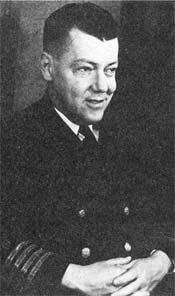 Dr. Raymond Vonderlehr... (specialty: cardiovascular syphilis) |
selected to direct PHS-sponsored syphilis study--
Anyone found to be infected would be treated Obtained the cooperation of
|
|
1933 |
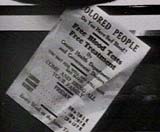
|
Supposed to mark end of PHS study
Vonderlehr appointed head of DVD Gave greenlight to continuing project for another 5-10 years Participants offered:
|
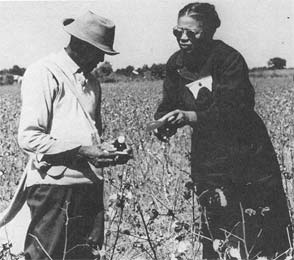 |
Eunice Rivers PHS nurse
|
|
Meanwhile... |
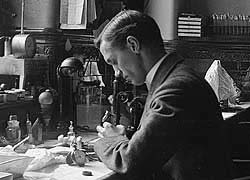 In 1928, Alexander Fleming (1881-1955)... |
...had discovered the antibiotic properties of the penicillium mold:
|
1938 |
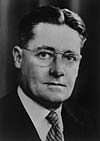 Howard Florey (1898-1968) and
|
...begin landmark experiments that demonstrate penicillin's capacity to combat bacterial disease in humans. |
1943 |
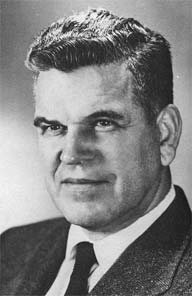 John Heller, director of DVD... |
...decides not to administer penicillin to study subjects. |
1947 |
Nuremberg Code
|
|
1951 |
PHS launches first full-scale review of the syphilis study.
Senior officials unanimously recommend syphilis study go forward. |
|
1952 |
Focus of syphilis study shifts to problems of aging and heart disease in study participants. | |
1958 |

|
|
1965 |
Dr. Irwin Schatz: first medical professional to formally object to syphilis study on moral grounds. | |
1966 |
Peter Buxtun, VD investigator for PHS, questions morality of the syphilis study.
Writes letter to DVD |
|
1968 |
Buxton writes second letter | |
1969 |
PHS convenes Blue Ribbon Panel to review syphilis study.
Panel recommends study leaders turn their attention to obtaining patient consent. |
|
1972 |
Washington Star reporter, Jean Heller, writes article critical of syphilis study. | |
1973 |
 Peter Buxton... |
...testifies at a Congressional hearing. |
1974 |
Congress passes legislation creating the National Commission for the Protection of Human Subjects of Biomedical and Behavioral Research.
Commissioners include prominent experts and scholars in the fields of medicine, psychology, civil rights, the law, ethics and religion. |
|
1979 |
Three guiding principles of the Belmont Report:
Respect for Persons
|
Commission publishes "Ethical Principles and Guidelines for the Protection of Human Subjects of Research," also known as--
"The Belmont Report"
|
1997 |
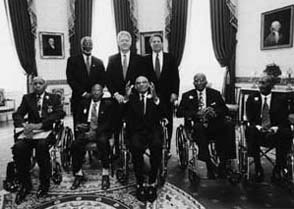
|
Finally....
the Nation apologizes. |
2010 |
Postscript.... | New discoveries of questionable research practices in the past: Syphilis studies in Guatemala |
 |
| Go to: |
|
|